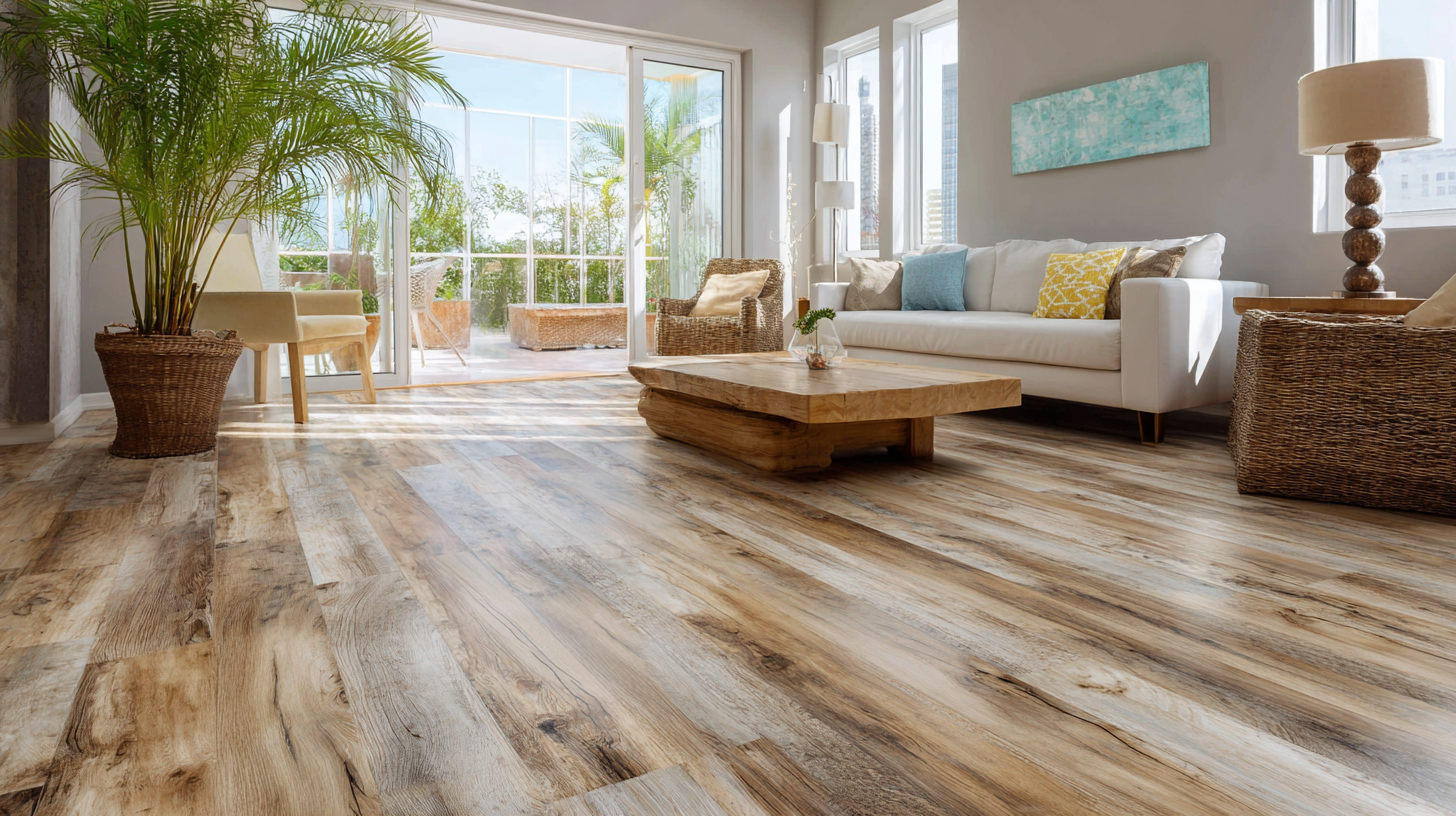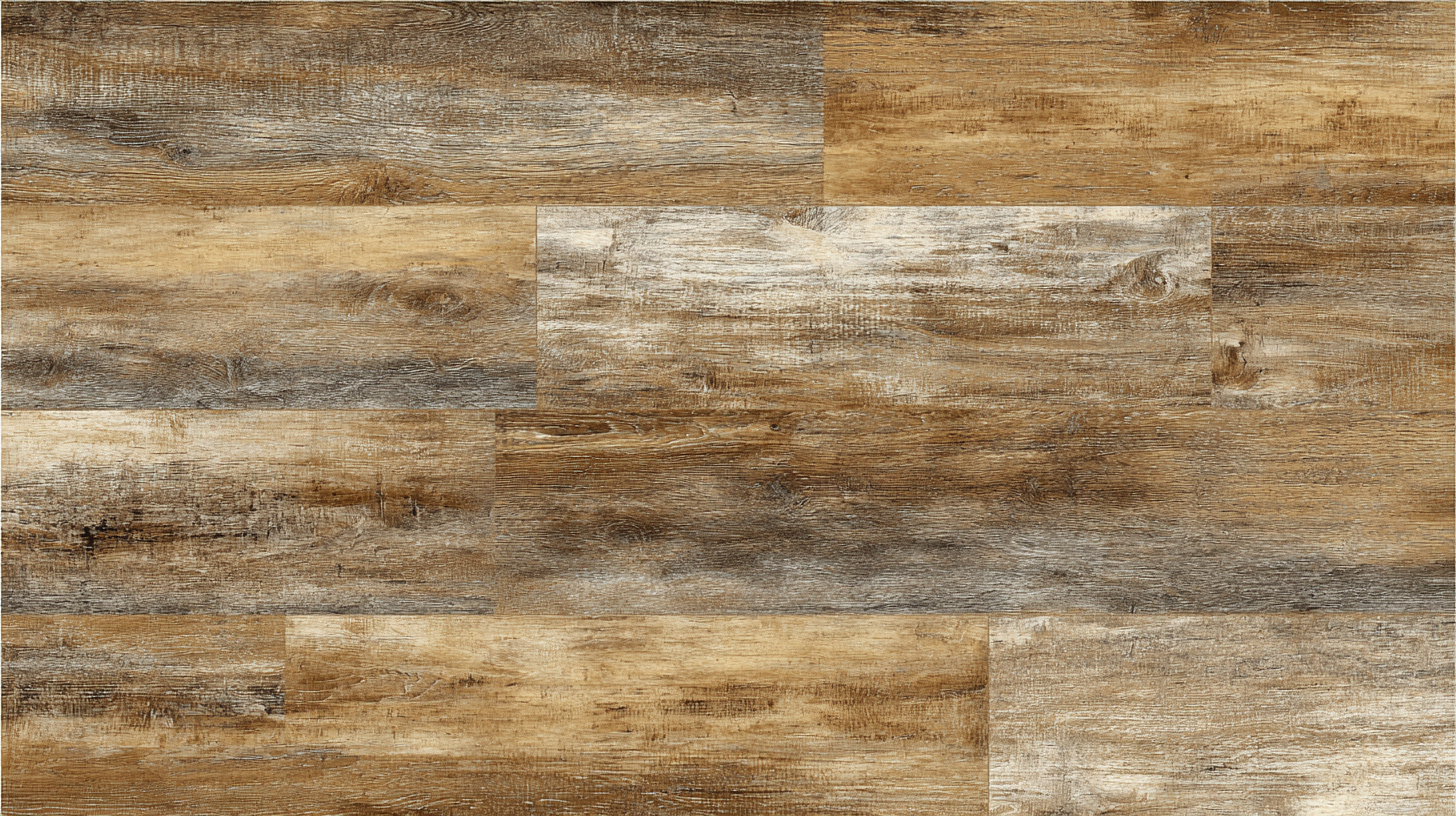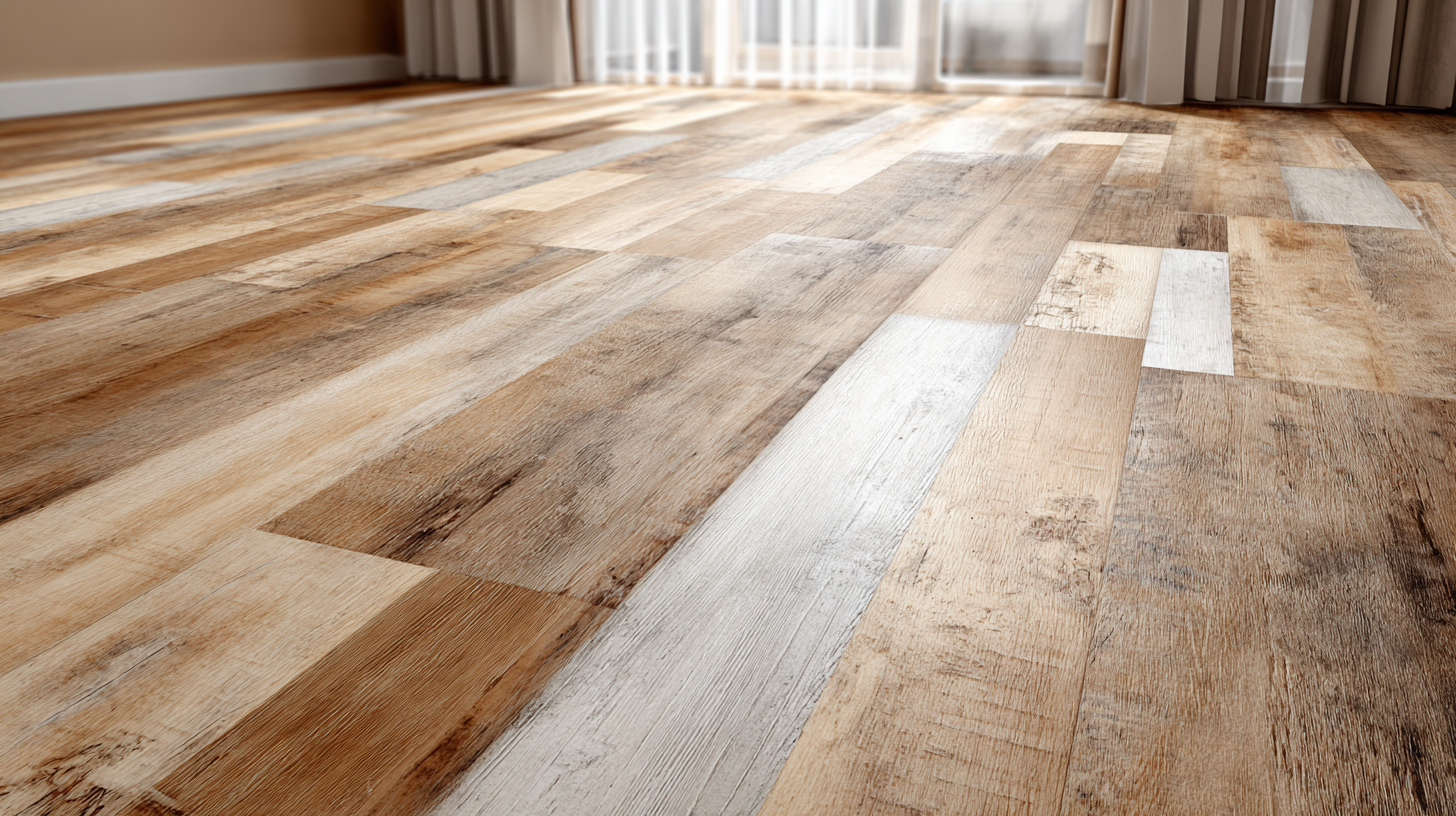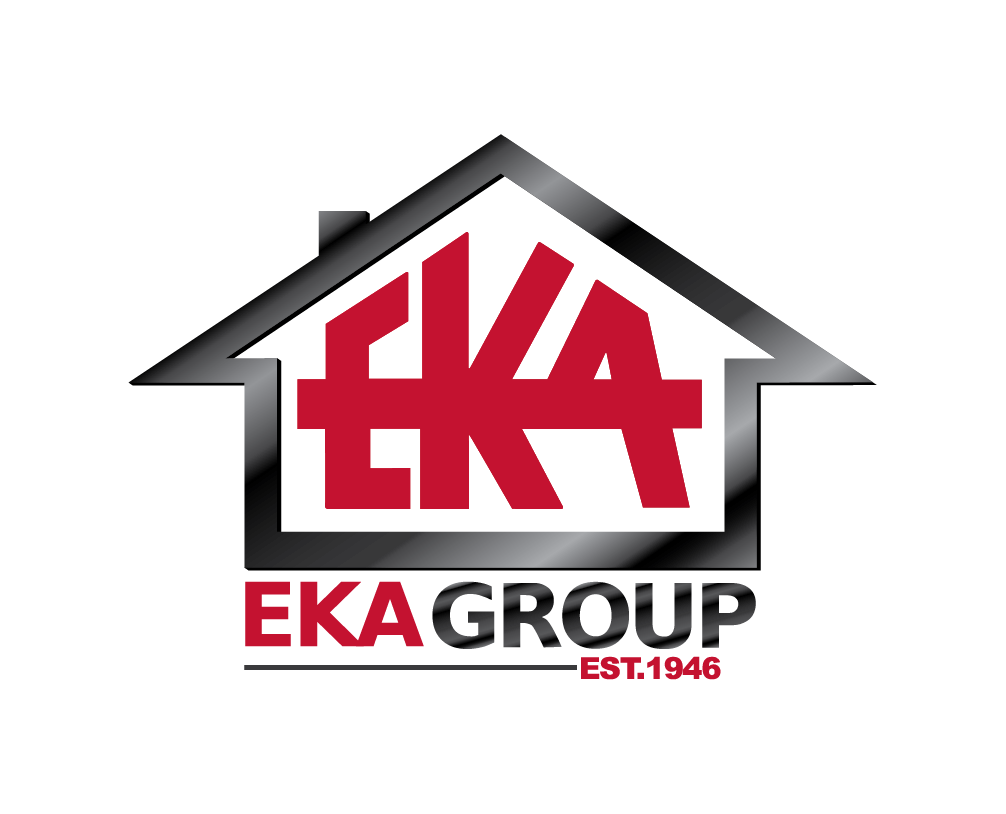
Innovative Solutions for Best Lvt Vinyl Flooring Selection
The selection of LVT (Luxury Vinyl Tile) flooring has become increasingly crucial in the interior design and construction industries, reflecting a significant shift towards innovative flooring solutions. As reported by the Floor Covering Industry Foundation, the global LVT flooring market is projected to reach $22.2 billion by 2026, driven by its versatility, durability, and cost-effectiveness. However, despite the growing popularity of LVT Vinyl Flooring, various industry production standards have emerged that underscore potential quality issues, leading to customer dissatisfaction. These problems can arise from variations in manufacturing processes, material composition, and adherence to safety regulations. Understanding these challenges is essential for consumers and professionals alike to navigate the complexities of LVT Vinyl Flooring selection and ensure a successful investment in their projects.

Understanding Laminate Vinyl Flooring: Benefits and Features
When considering laminate vinyl flooring, it's essential to understand its key benefits and features that set it apart from other flooring options. Laminate vinyl flooring is celebrated for its durability, ease of maintenance, and aesthetic appeal. It is specifically designed to withstand wear and tear, making it an excellent choice for high-traffic areas in homes. For those seeking a balance between cost-effectiveness and style, laminate vinyl offers an array of design choices, mimicking the look of wood or stone at a fraction of the price.
Tips for Selecting Laminate Vinyl Flooring:
- Consider Your Lifestyle: If you have pets or children, choose a laminate vinyl that is resistant to scratches and easy to clean. Look for products that specifically mention durability features.
- Check for Water Resistance: Given the increased demand for waterproof flooring, selecting laminate vinyl with water-resistant properties can help prolong its lifespan, especially in moisture-prone areas like kitchens and bathrooms.
Innovation in laminate flooring is transforming the market; manufacturers are continuously developing products that integrate advanced technology, enhancing performance and design. As laminate and luxury vinyl tile (LVT) categories evolve, consumers can enjoy the benefits of greater variety and improved functionality.
Key Factors to Consider When Choosing LVT Vinyl Flooring
When selecting LVT (Luxury Vinyl Tile) flooring, several key factors come into play that can significantly influence your decision. Firstly, it's essential to consider the durability of the product. LVT is known for its resilience, making it suitable for both high-traffic residential areas and commercial spaces. Look for options with a thick wear layer, as this will enhance resistance to scratches, dents, and stains, ensuring that your flooring remains beautiful over time.
Another important aspect is the design and aesthetic appeal of the vinyl flooring. LVT comes in a wide variety of styles, colors, and textures that can mimic natural materials such as hardwood or stone. Think about the overall theme of your space and choose LVT that complements your existing décor. Additionally, consider the installation method. Some LVT products offer easy click-lock designs, making DIY installation possible, while others may require professional installation. Understanding these factors will help you make an informed choice, ensuring your LVT flooring meets both your practical needs and aesthetic preferences.
Key Factors Considered in Selecting LVT Vinyl Flooring
The Importance of Industry Certifications for Vinyl Flooring Quality
When selecting vinyl flooring, understanding the significance of industry certifications can greatly enhance the quality of your choice. Certifications ensure that the flooring products meet specific standards for safety, durability, and performance. This is particularly important for vinyl flooring, which can vary significantly in quality across different brands. Look for certifications like the FloorScore or GreenGuard, which indicate low emissions of harmful chemicals, making your indoor air quality safer.
Furthermore, industry certifications often reflect the flooring's resilience and longevity. Certified products have undergone rigorous testing and quality assessments, providing peace of mind that your investment will withstand daily wear and tear. As the vinyl flooring market continues to grow, with an expected surge to USD 43.47 billion by 2034, consumers must prioritize choosing certified options to ensure they are getting the best possible flooring for their homes. By focusing on certified vinyl flooring, you not only enhance the aesthetic of your home but also contribute to a healthier living environment.

Innovative Trends in LVT Vinyl Flooring: Eco-Friendly Options
As we move towards 2025, the flooring industry is embracing innovative trends that highlight eco-friendly options, particularly in the realm of luxury vinyl tile (LVT) flooring. With a growing emphasis on sustainability, consumers are increasingly seeking materials that not only look good but also contribute positively to the environment. The flooring market is projected to grow significantly, with an estimated value of USD 290.72 billion in 2024 and reaching USD 398.27 billion by 2030. This surge in demand reflects a broader trend towards natural, sustainable materials that echo the warmth and aesthetics of nature.
Designers predict that the top flooring trends for 2025 will focus on incorporating timeless styles characterized by warm tones and natural textures. The shift away from sterile whites and grays is indicative of homeowners' desire for a more inviting and earthy atmosphere. LVT flooring, with its durability and versatility, stands out as a prime choice for those looking to achieve high-end looks reminiscent of luxury homes. As the flooring market continues to evolve, options that blend style, sustainability, and resilience will dominate the landscape, catering to the discerning tastes of modern homeowners.
How to Ensure Compliance with Import and Export Standards in Flooring
Ensuring compliance with import and export standards in flooring is crucial for manufacturers and retailers aiming to navigate the global market. The LVT (Luxury Vinyl Tile) flooring industry has seen significant growth, projected to reach $20.8 billion by 2027, driven by rising consumer preference for sustainable and cost-effective flooring solutions. However, compliance with various international standards is essential to avoid costly delays and penalties. For instance, the International Organization for Standardization (ISO) provides guidelines that manufacturers must adhere to, covering aspects from safety to environmental impact.
Tip: Always stay updated on the latest standards by subscribing to industry newsletters and participating in trade associations. This can help you preemptively address any changes in compliance requirements, ensuring a smoother import and export process.

Another vital consideration is the certification of materials used in flooring products. In many regions, products must comply with regulations set forth by organizations like the Environmental Protection Agency (EPA) and the Consumer Product Safety Commission (CPSC). According to a recent report, about 30% of flooring products are rejected during customs inspections due to non-compliance with these standards. Manufacturers should prioritize sourcing materials that not only meet but exceed regulatory requirements.
Tip: Perform regular audits of your supply chain to ensure that all materials sourced for flooring products are compliant with local and international regulations. This proactive approach can significantly reduce the risk of non-compliance and enhance your brand's reputation in the market.

